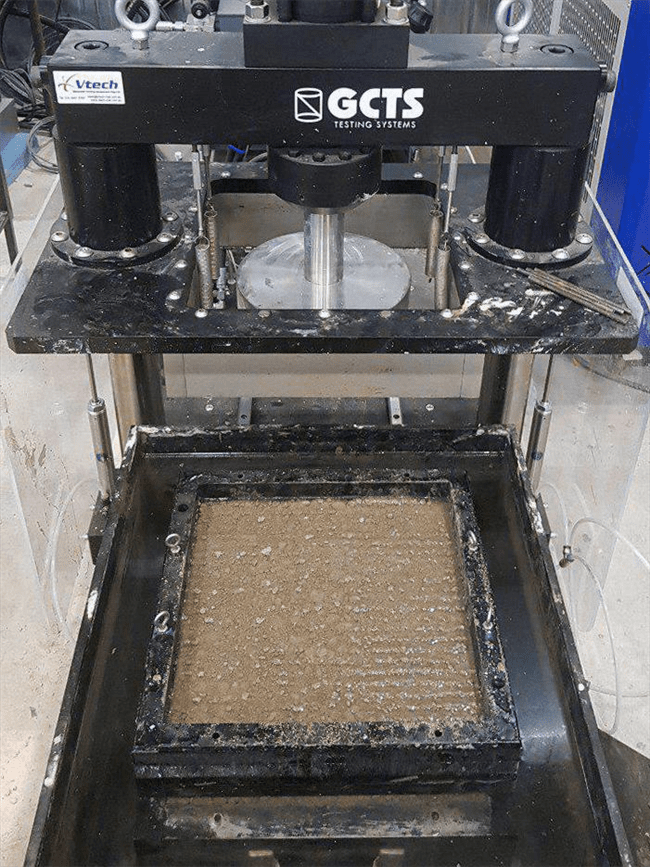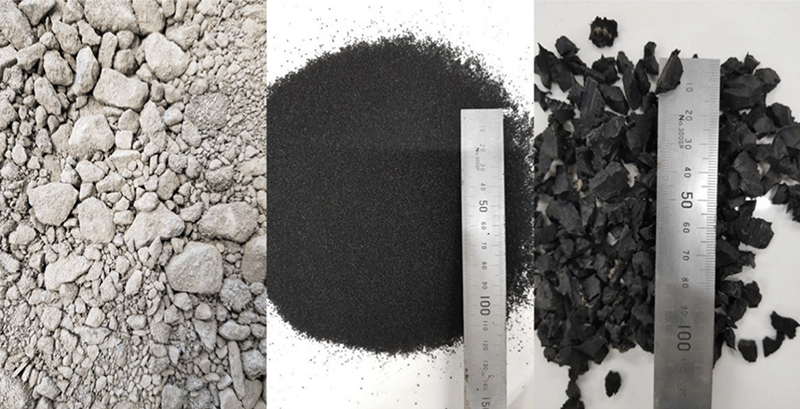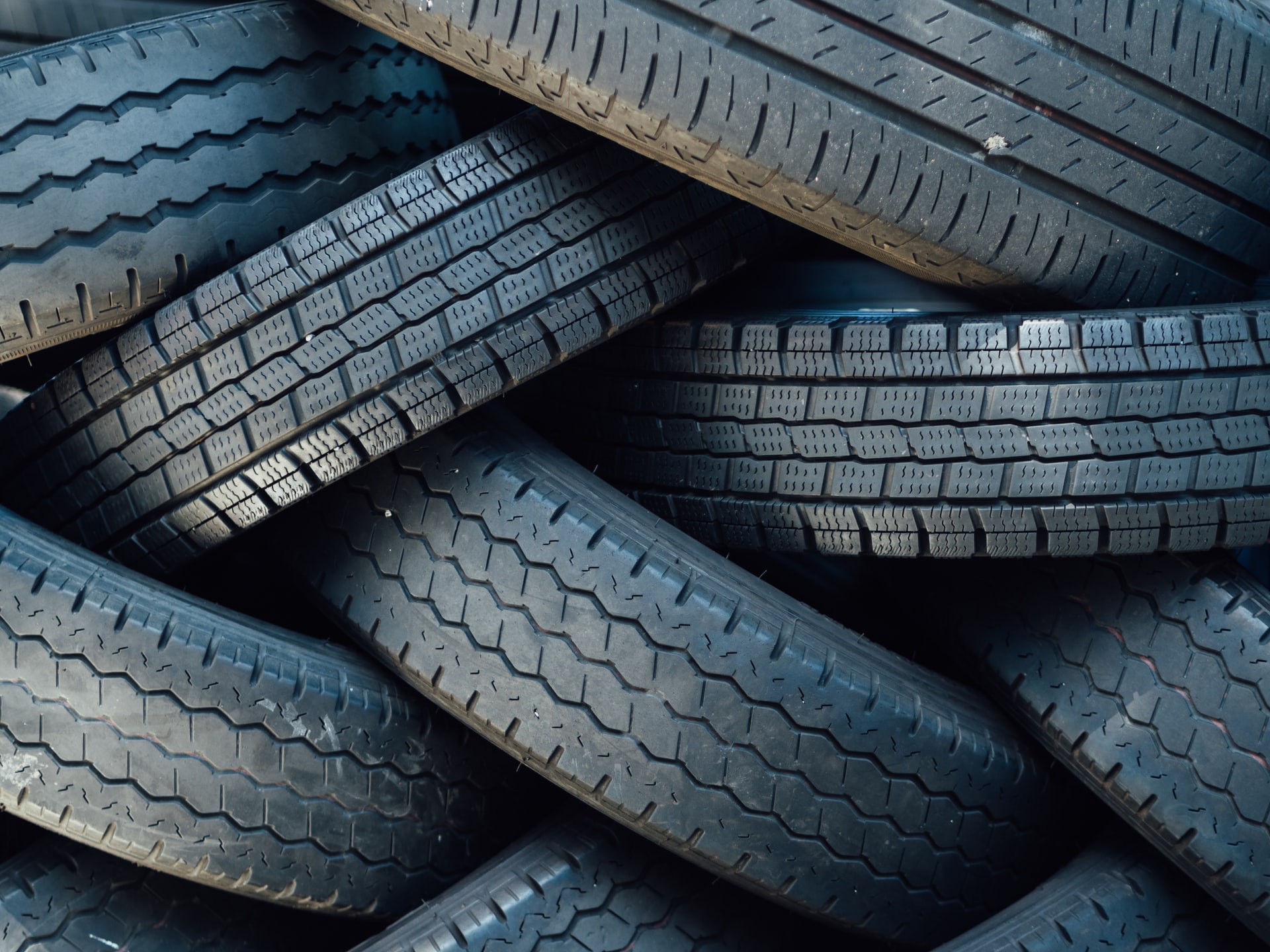Rubble from construction, renovation and demolition sites often end up in wastelands because they are, well, wastes, accounting for half of the global wastes each year. The same thing happens to old rubber tyres, which 1 billion of it ending up dispatched to landfill sites or incinerated across the world annually. That is a significant portion of the wastes if you ask me, and maybe, just maybe, we could find a way to utilize this, say, in road construction.
That is exactly what civil engineer Mohammad Saberian Boroujeni did along with his team from RMIT University in Melbourne, Australia.
Although the idea of using recycled concrete aggregate or RCA as a base layer in roads beneath the topmost asphalt layer is not new, adding discarded tyres improves the performance.
“Traditional road bases are made of unsustainable virgin materials—quarried rock and natural sand. Our blended material is a 100% recycled alternative that offers a new way to reuse tire and building waste, while performing strongly on key criteria like flexibility, strength and permanent deformation.”
His team even developed machines to simulate the actual road conditions – tons of vehicles passing everyday – and tried various mixes of RCA and sizes of tyre crumbs.

Later it was discovered that 99.5% RCA and 0.5% tyre crumbs performed the best in terms of shear stress, or frictional force, and maintained cohesion between both materials. Any more rubber on that layer and the material showed decline.

“As we push towards a circular economy that can eliminate waste and support the continual use of resources, our recycled blend is the right choice for better roads and a better environment,” engineer Boroujeni said.
Prior to this study, a similar study was conducted by researchers from RMIT School of Engineering showing how their unique rubble-rubber mix performed when tested for deformation, stress, strength, dynamic properties, and water and acid resistance. This means that when applied with the same force like in actual roads, the risk of cracking is decreased versus RCA only.
Source: Science Direct
